You can contact LEARNZ, part of CORE Education, at:
Postal Address:
PO Box 13 678,
Christchurch 8141,
New Zealand
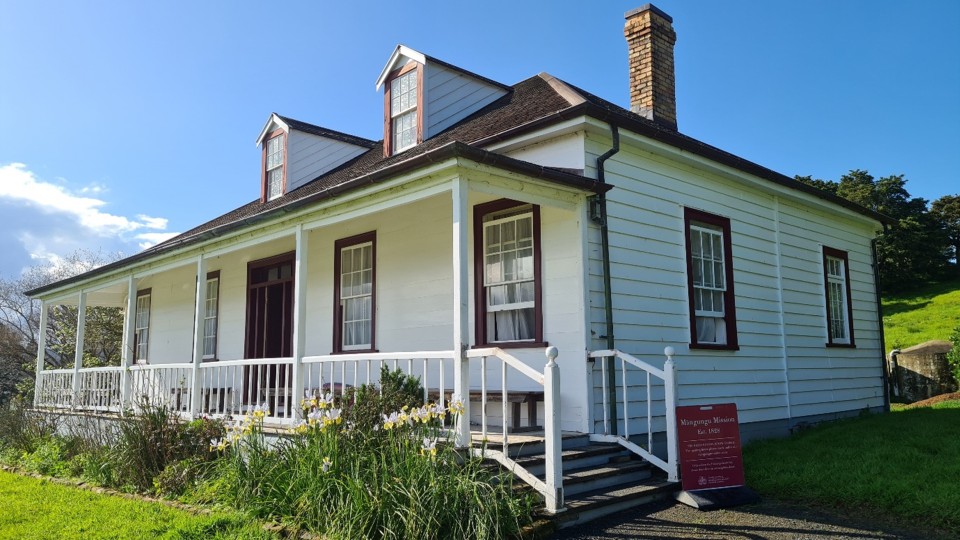
Another group of missionaries to come to Aotearoa New Zealand were known as the Wesleyan Missionary Society (WMS). Māngungu Mission was the second mission station established in Te Tai Tokerau Northland by the WMS. It was founded in 1828 under the protection of Ngāpuhi rangatira. The mission station was located near Horeke, in the upper reaches of the Hokianga Harbour.
At the time, this part of the Hokianga was a busy trading post and the site of Aotearoa New Zealand’s first shipyard. Māngungu was also the site of the first pub in New Zealand – the Horeke Hotel. It is still operating and back in the day was the site of the country’s first murder trial.
Māngungu was one of the first places in Aotearoa where honeybees were introduced. This played an important role in the success of pastoral farming in New Zealand. It is said that Māori became the first commercial beekeepers.
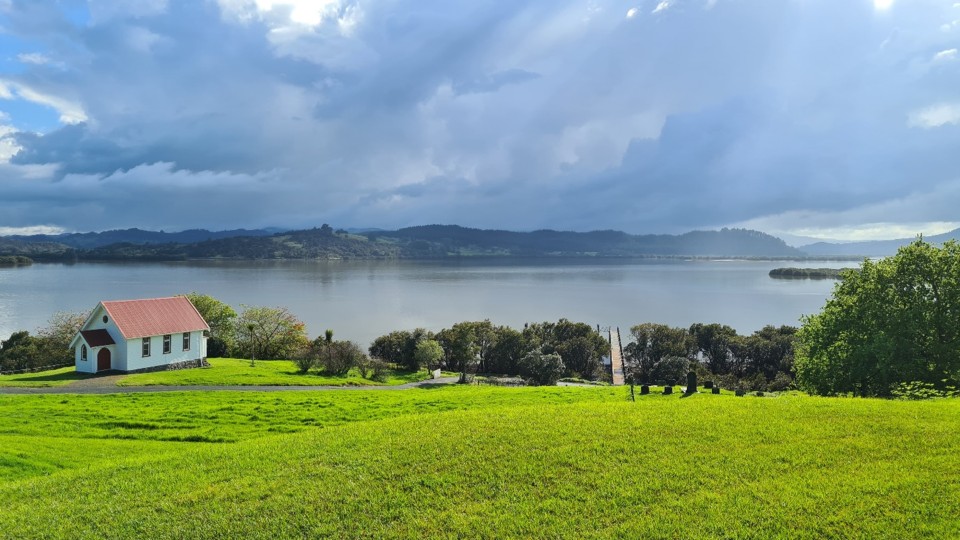
Māngungu Mission is a nationally significant site. It was where the largest ever signing of Te Tiriti o Waitangi took place. On February 12, 1840, a crowd of nearly 3000, representing many different hapū within Ngāpuhi, watched over 60 rangatira sign the document.
Māngungu was an ideal location for such an event. A place accessible by many via its waterways and connecting the east and west coasts, it brought together a range of ideas and opinions from across the region.
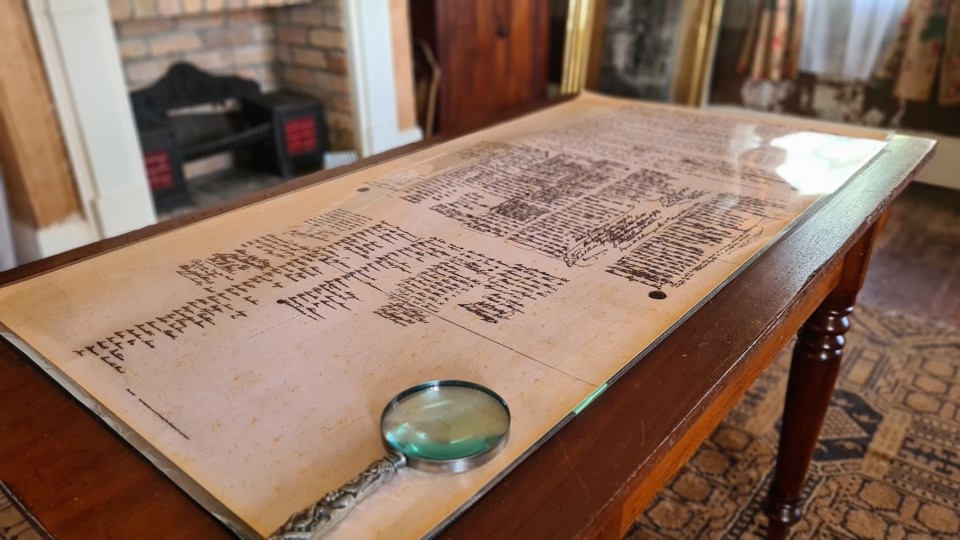
First-hand stories of the day at Māngungu tell of strong opposition to Te Tiriti. Lieutenant-Governor William Hobson explained Te Tiriti, and missionary John Hobbs translated for him in te reo Māori. Discussions went on for much of the day. There were concerns over the power of the governor and security of the land.
February 12 is still an important date for locals. Every year on this day people gather on the mission station site to commemorate the signing of Te Tiriti. There is kōrero about the significance of Māngungu not only historically but also how its significance will be best represented into the future.
Inside the mission house, you can still see the original table, built by Hobbs, on which the Treaty was signed with a copy of the Treaty on it.

The mission house still standing in Māngungu today was built in 1838–39. It replaced the original house that had burned to the ground. From 1840, the Reverend John Hobbs and his family lived in the house. Hobbs designed the house and oversaw its construction.
Māngungu Mission was abandoned in 1855 when Hobbs, the sole missionary at the site, moved to Auckland with his family. The house itself was taken to pieces and shipped to Onehunga where it served as a parsonage before becoming a private residence.
In 1972, the historic house was returned to Māngungu and restored by Heritage New Zealand Pouhere Taonga who continue to maintain it. The house acts as a museum and is open to visitors.
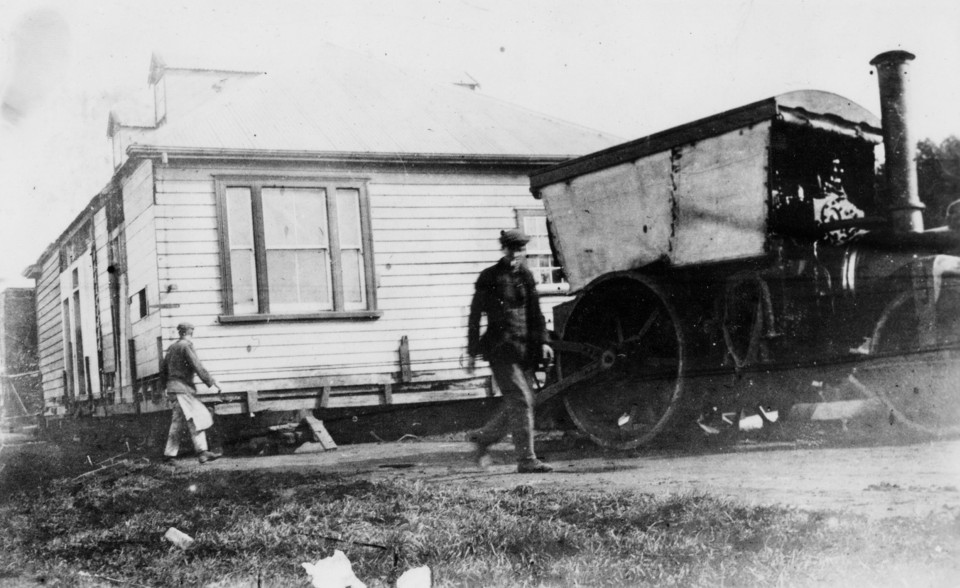
There are a range of artefacts on display from the original mission station site. The WMS started a printing press at Māngungu, and there are religious pamphlets and books in te reo Māori from the 1830s. Also on display are photographs, linen, books, clothing, and furniture. There are also tapa cloths, shells, and furniture brought back from the islands, showing the mission’s ties to the Pacific.
Restoration work continues today. One recent project has seen specialists conserving layers of wallpaper that generations of occupants have left behind.
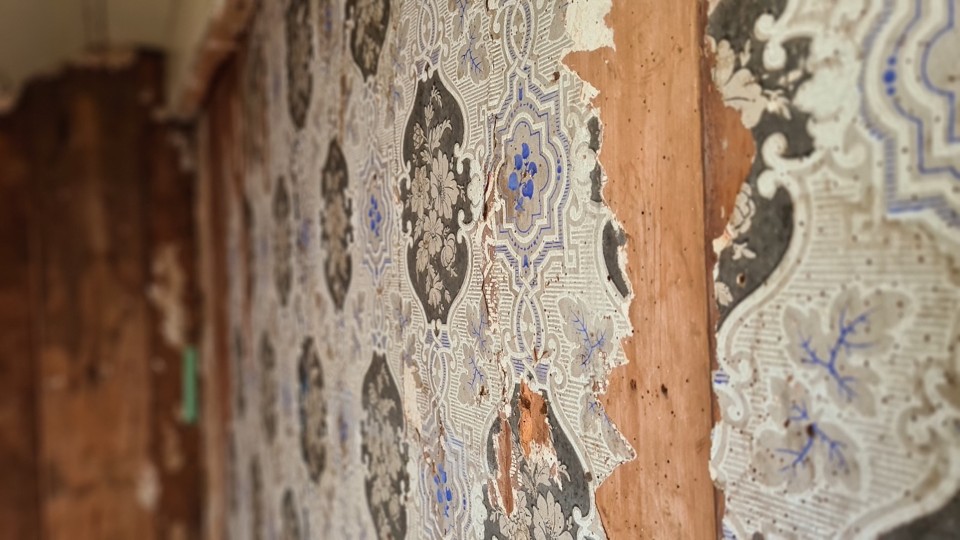

Try the Māngungu Mission quiz.